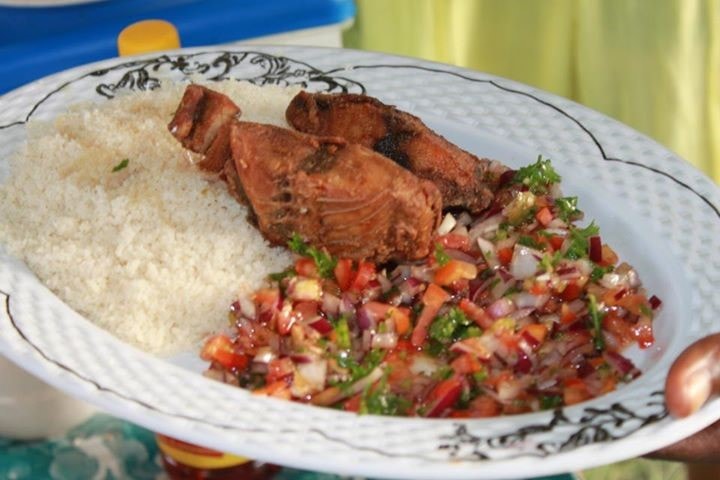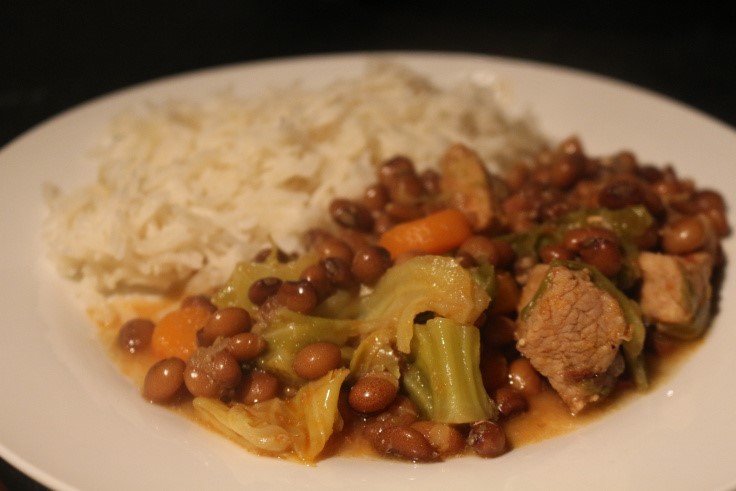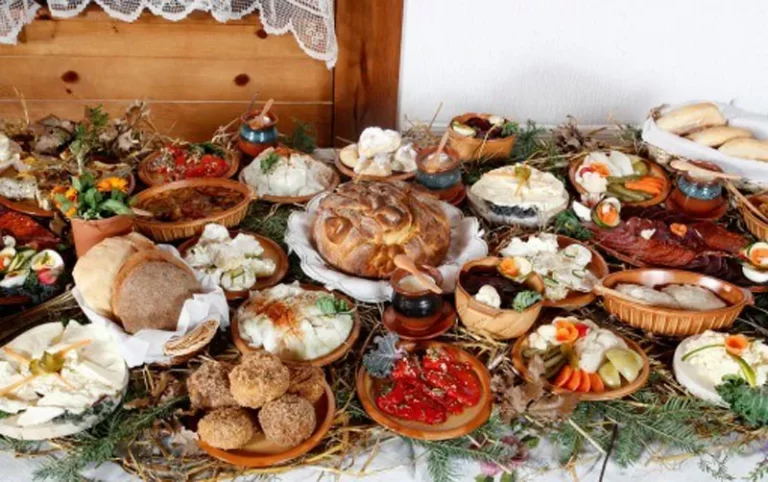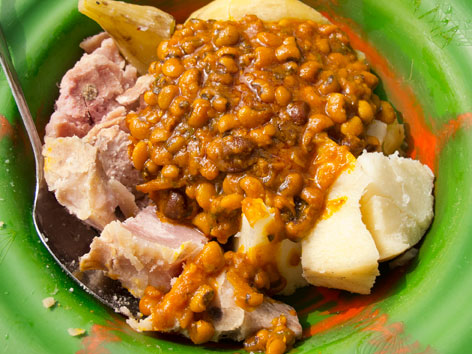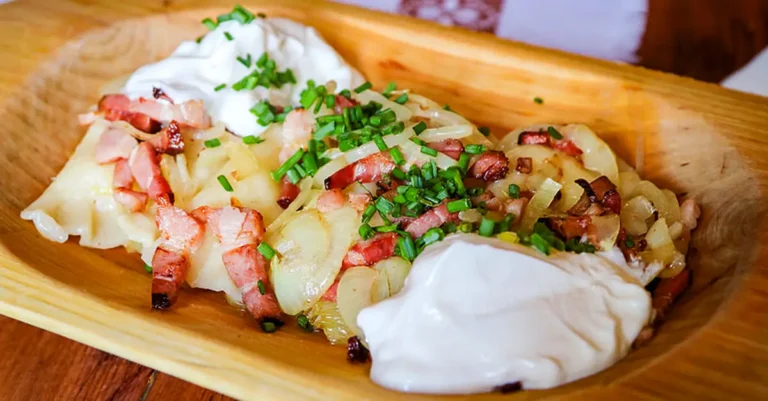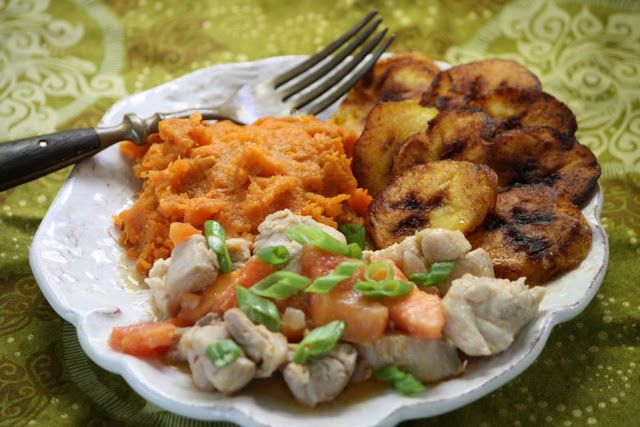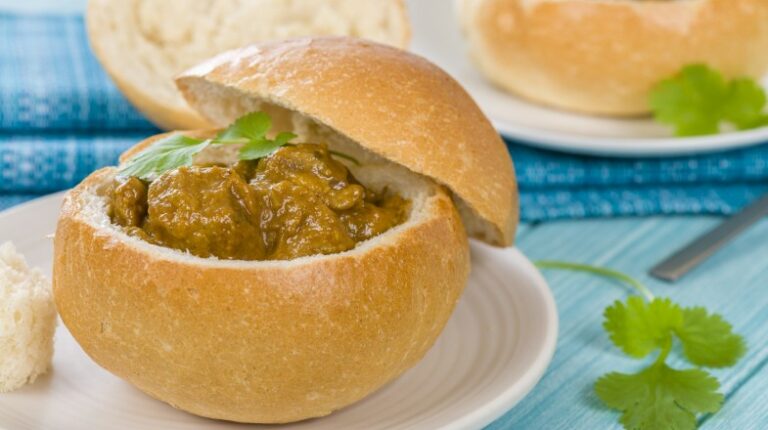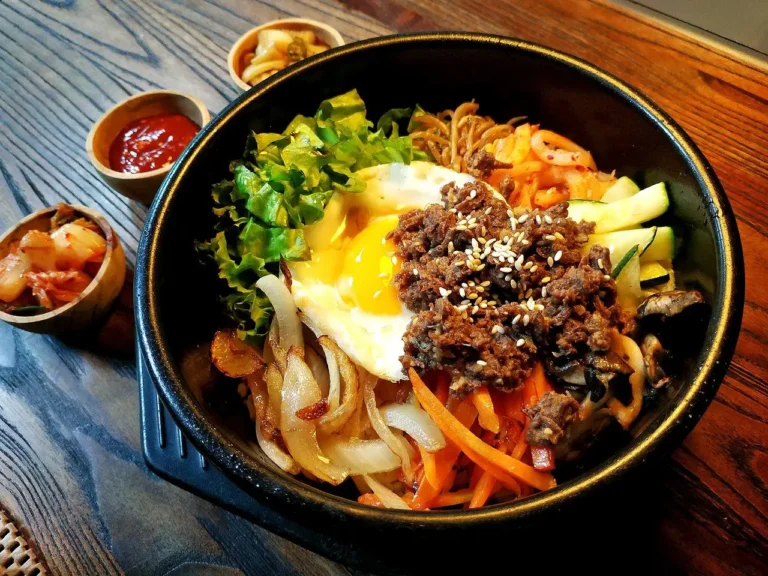Introduction: Côte d’Ivoire cuisine
Côte d’Ivoire, also known as Ivory Coast, is a country located in West Africa that boasts a unique and diverse cuisine. Ivorian cuisine is known for its bold and spicy flavors, which are a reflection of the country’s vibrant culture and history. The cuisine of Côte d’Ivoire draws from its indigenous traditions as well as influences from French, Portuguese, and Arab cuisine.
Spices in Ivorian cuisine: A cultural fusion
Ivorian cuisine is a beautiful blend of indigenous spices, herbs, and ingredients with those brought by the Arab, Portuguese, and French colonialists. The use of spices in Ivorian dishes is a reflection of the country’s rich cultural heritage. Ivorian spices are known for their bold flavors and ability to add depth to any dish. The spices used in Ivorian cuisine are not only used for flavor but also for their medicinal properties.
Key spices used in Ivorian dishes
There are several key spices used in Ivorian dishes that give them their characteristic flavor and aroma. These spices include grains of paradise, African nutmeg, pepper, and coriander. These spices can be found in most Ivorian dishes, and their use varies depending on the region and the dish being prepared.
Grains of paradise: A popular Ivorian spice
Grains of paradise, also known as alligator pepper, is a popular spice used in Ivorian cuisine. This spice is native to West Africa and has a citrusy and peppery taste. Grains of paradise are used in Ivorian dishes to add flavor and depth. They are commonly used in stews, soups, and marinades.
African nutmeg: Another essential spice in Ivorian cuisine
African nutmeg, also known as bambara nutmeg, is another essential spice in Ivorian cuisine. This spice is native to West Africa and has a slightly sweet and nutty taste. African nutmeg is used in Ivorian dishes to add a unique flavor and aroma. It is commonly used in stews, soups, and rice dishes.
The versatile pepper in Ivorian dishes
Pepper is a versatile spice that is used in many Ivorian dishes. There are different types of peppers used in Ivorian cuisine, including black pepper, white pepper, and chili pepper. Peppers are used in Ivorian dishes to add heat and flavor. They are commonly used in sauces, marinades, and stews.
Ivorian coriander: A herb with unique properties
Ivorian coriander is a herb with a unique taste and properties. This herb is used in Ivorian cuisine to add flavor and aroma to dishes. Ivorian coriander has a mild citrusy and sweet taste and is commonly used in stews, soups, and rice dishes. It is also used in some traditional Ivorian drinks.
Balancing flavors with Ivorian spices: Tips and tricks
When using Ivorian spices in dishes, it is important to balance the flavors. One tip is to start with a small amount of spices and adjust as needed. Another tip is to use complementary ingredients to balance the flavors. For example, if a dish is too spicy, adding coconut milk or yogurt can help balance the heat. Ivorian spices should also be stored properly to maintain their freshness and flavor.

